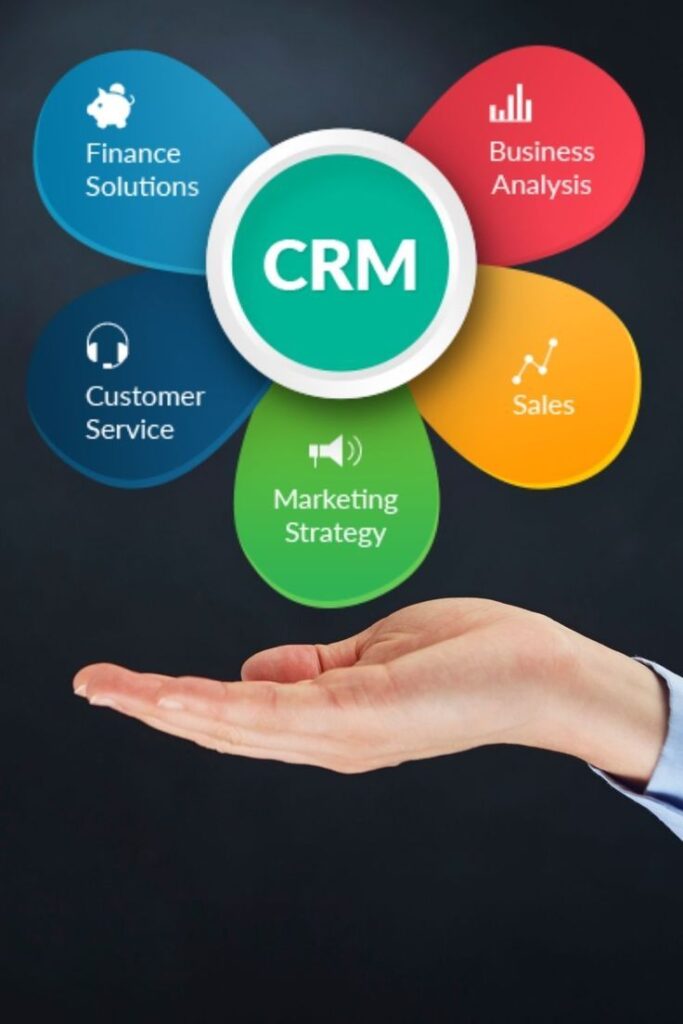
Top CRM Metrics to Track for Business Success
Customer Relationship Management (CRM) systems are invaluable tools for businesses seeking to enhance their customer relationships, streamline processes, and drive growth. However, to fully leverage the power of CRM, it’s essential to track key metrics that provide insights into your business’s performance and the effectiveness of your CRM strategies. This article explores the top CRM metrics to track for business success and how they can help you optimize your CRM efforts.
1. Customer Acquisition Cost (CAC)
What it Measures: CAC calculates the average cost incurred to acquire a new customer. It includes expenses related to marketing, sales, and other customer acquisition activities.
Why it Matters: Understanding CAC helps businesses evaluate the efficiency and effectiveness of their customer acquisition strategies. By comparing CAC with customer lifetime value (CLV), businesses can determine the profitability of acquiring new customers and refine their acquisition tactics accordingly.
2. Customer Retention Rate
What it Measures: Customer retention rate measures the percentage of customers who continue to do business with your company over a specific period.
Why it Matters: A high customer retention rate indicates satisfied customers and a strong relationship with your brand. Tracking this metric helps businesses identify areas for improvement in customer service, product quality, or other aspects of the customer experience.
3. Customer Lifetime Value (CLV)
What it Measures: CLV represents the total revenue a customer generates over their entire relationship with your company, minus the cost of acquiring and serving them.
Why it Matters: CLV provides insights into the long-term value of your customers and helps businesses prioritize their marketing and service efforts. By focusing on high CLV customers, businesses can maximize revenue and profitability.
4. Lead Conversion Rate
What it Measures: Lead conversion rate measures the percentage of leads that ultimately convert into customers.
Why it Matters: Tracking lead conversion rate helps businesses assess the effectiveness of their sales and marketing efforts. By identifying bottlenecks in the conversion process, businesses can make adjustments to improve lead quality and conversion rates.
5. Sales Pipeline Velocity
What it Measures: Sales pipeline velocity measures the speed at which leads move through the sales pipeline, from initial contact to close.
Why it Matters: Faster pipeline velocity indicates efficient sales processes and better alignment between marketing and sales teams. By tracking pipeline velocity, businesses can identify areas for improvement and optimize their sales processes for faster and more predictable revenue growth.
6. Customer Satisfaction (CSAT) Score
What it Measures: CSAT measures the level of satisfaction customers have with your products, services, or interactions with your company.
Why it Matters: High CSAT scores indicate satisfied customers who are likely to remain loyal and advocate for your brand. Monitoring CSAT helps businesses identify areas for improvement in their products or services and address customer concerns promptly.
7. Net Promoter Score (NPS)
What it Measures: NPS measures the likelihood that customers will recommend your company to others, on a scale from 0 to 10.
Why it Matters: NPS provides insights into customer loyalty and advocacy. A high NPS indicates satisfied customers who are likely to refer others to your business, driving organic growth and reducing customer acquisition costs.
8. Churn Rate
What it Measures: Churn rate measures the percentage of customers who stop doing business with your company over a specific period.
Why it Matters: High churn rates can signal underlying issues with product quality, customer service, or overall customer experience. By tracking churn rate, businesses can identify at-risk customers and take proactive measures to retain them.
9. Average Response Time
What it Measures: Average response time measures the time it takes for your team to respond to customer inquiries or requests.
Why it Matters: Fast response times are essential for providing excellent customer service and building trust with customers. By monitoring average response time, businesses can ensure timely responses and improve overall customer satisfaction.
10. Return on Investment (ROI)
What it Measures: ROI calculates the financial return generated from CRM investments, taking into account the costs associated with implementing and maintaining the CRM system.
Why it Matters: Tracking ROI helps businesses assess the profitability of their CRM initiatives and justify ongoing investments. By quantifying the benefits of CRM in terms of revenue growth, cost savings, and other financial metrics, businesses can make data-driven decisions about resource allocation and strategy.
Conclusion
Tracking these top CRM metrics is essential for businesses seeking to optimize their CRM efforts and achieve long-term success. By monitoring customer acquisition cost, retention rate, lifetime value, lead conversion rate, sales pipeline velocity, customer satisfaction, Net Promoter Score, churn rate, average response time, and return on investment, businesses can gain valuable insights into their performance, identify areas for improvement, and make informed decisions to drive growth and profitability. Leveraging CRM data effectively empowers businesses to build stronger customer relationships, increase revenue, and stay ahead in today’s competitive market landscape.